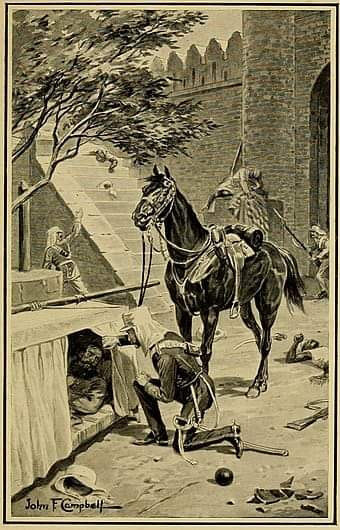September 14, 1857: The Day When John Nicholson Faced the Fury of Indian Sepoys"

September 14, 1857, stands as a pivotal date in the annals of Indian history, marking the day when Acting Brigadier John Nicholson faced grave peril during the assault on Delhi. This remarkable episode took place against the backdrop of the Indian Rebellion of 1857, a turbulent period in India's struggle for independence from British colonial rule. The events of that day serve as a gripping narrative that weaves together the threads of courage, sacrifice, and the complex interplay of power during this tumultuous time. Setting the Stage: The Indian Rebellion of 1857 The Indian Rebellion of 1857, often referred to as the Sepoy Mutiny or Indian Mutiny, was a watershed moment in India's history. It began on May 10, 1857, in the town of Meerut, when Indian soldiers, known as sepoys, revolted against their British officers. The uprising quickly spread across various regions of India, with the city of Delhi emerging as a focal point of the rebellion. John Nicholson : A Ma...



